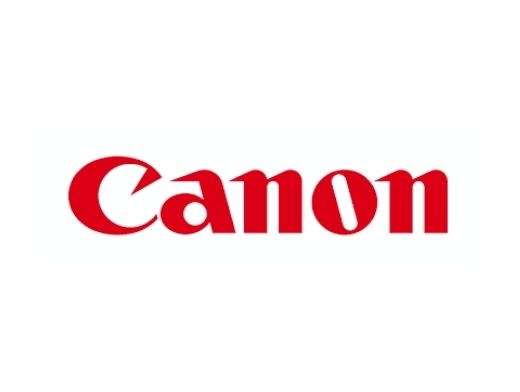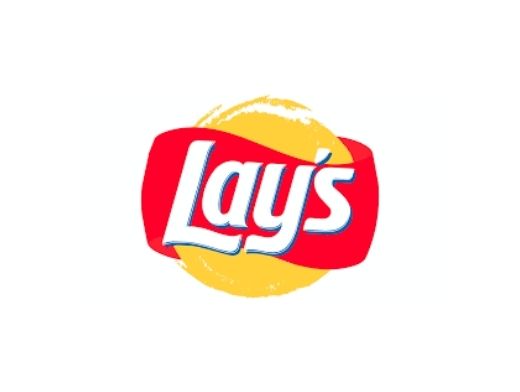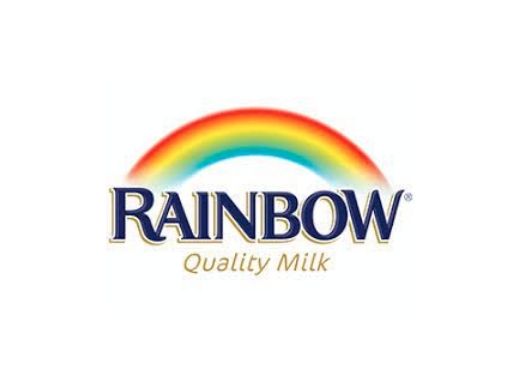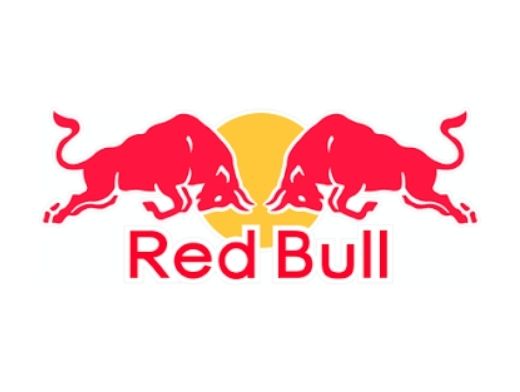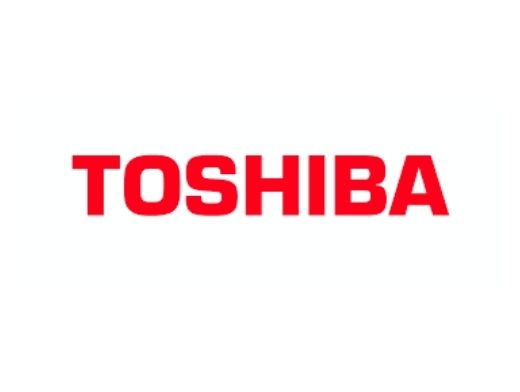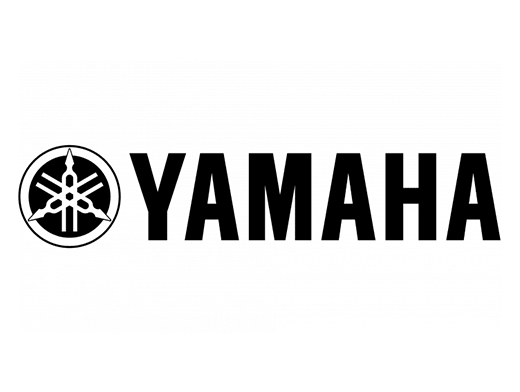For any indie filmmaker making their feature or short film, creating a script breakdown is a must-have talent.
What Is a Script Breakdown and Why Do You Need One?
A script breakdown is a detailed examination of a script that identifies and categorizes all of the parts required to effectively prepare for the production process. A film's producer will usually create a rudimentary, scaled-down script breakdown for budgeting and scheduling purposes early in the preproduction phase. The first assistant director (1st AD) is then in charge of creating the more detailed main script breakdown, which is used to construct the full shooting schedule, shot list, stripboards, and specific scene breakdowns.
You had to break down a script by hand using an actual paper script and coloured pens before the age of personal computers. The script breakdown process is now easier than ever before, thanks to scheduling and screenwriting tools.
Divide Script Pages into Eighths in Step 1 of Script Breakdown
Drawing lines across each page of the screenplay to split it into eight one-inch parts is the first step in the breakdown procedure. This provides you with an exact count of how many pages each scene takes up. You had to use a ruler and a pencil to draw lines across the script pages before the advent of digital script breakdown software. This process is now quite simply because computer software performs it for you automatically.
This process allows the production crew to estimate the length of time it will take to shoot a scene more precisely. A page in a Hollywood script typically equates to around one minute of screen time, and film production will typically shoot five pages every day. Rather than eyeballing pages and estimating that a scene is two and a half pages long, you may estimate that it is two and three-eighths pages long. To avoid scheduling too many or too few scenes in a single day, page count accuracy is critical.
Isolate Production Elements in Step 2 of the Script Breakdown
The key to breaking down a script is to read it slowly and attentively and categorize each production detail. All you have to do now is highlight the text in the script and tag it to the relevant category in your breakdown software. You can use different coloured highlighters instead if you're breaking down the script by hand. In the script, there are 15 categories that you must tag:
1. Members of the cast: For all members of the cast, underline the character name (any characters who speak).
2. Extras, also known as BGs (background characters), are non-speaking characters. This category could be divided into "featured extras" and "atmosphere." Characters who do not speak but play a larger role in a scene are referred to as featured extras (such as a waiter bringing food to the table of the main characters). A group of extras used to fill out space is known as the atmosphere (like fans in the stands at a sporting event).
3. Props: Any object with which an actor interacts is considered a prop.
4. All on-screen cars, trucks, boats, motorcycles, helicopters, and other vehicles fall into this category.
5. All on-screen animals are included in this category. The project will also require an animal handler or trainer in addition to the animals.
6. Set dressing refers to anything that adds to the set's overall aesthetic. Furniture, decorations, potted plants, and other similar items are examples.
7. Any music heard or performed by the characters in the film. Diegetic music is what it's called. Songs from the soundtrack that aren't played in the movie's actual world aren't included in this category. It's critical to mark this element so that playback can be heard on set by the actors while filming.
8. Any sound that needs to be heard onset is considered a sound effect. Sounds added after the fact are not included in this category.
9. Costumes: Make a note of any odd attire or a break in the continuity of a costume (e.g., a shirt is covered in blood or a character spills a drink on their pants).
10. Hair and make-up are both done by a professional. Any make-up or hairstyle that deviates from a character's typical appearance should be noted. A character's skin wound, for example, or wet hair after a shower.
11. Stunts are any special effects that necessitate the involvement of a stunt coordinator or stunt person. It's also possible that you'll need specialized gear.
12. Any physical effect that occurs on set during filming without the use of computer images is referred to as special effects (SFX). Pyrotechnics, fake rain and animatronics are examples of such effects.
13. Visual effects (VFX): Anything that necessitates the creation or manipulation of on-screen imagery that does not exist in real life is a VFX element. A VFX element will be required for any shot that requires a green screen. "Optical effects" is a term used by some breakdown software to describe VFX.
14. Any special equipment, such as an underwater camera or a drone, is required to carry out the director's vision.
15. Notes from the field: Any leftover elements that you're not sure how to categorize will go into this category. If you have any questions about a scene, you can also leave a message.
Step 3: Create Breakdown Sheets from the Script
After you've finished isolating all of your production pieces, make a detailed breakdown sheet for each scene by listing and categorizing all of them. Your breakdown software will generate this sheet for you based on the elements you've labelled. If you're going to break down the script by hand, you can use a free breakdown sheet template to fill in all of the details. Each scene should have the following formatting on your breakdown sheet:
1. Scène header.
2. Scene number.
3. Page lengths printed in eighths.
4. Every production aspect you labelled in the script is categorized by category.
When you're done with your script breakdown sheets, you'll have a complete document to use as a guide for creating your daily call sheets. Furthermore, the screenplay breakdown can be used by all essential crew members in each department to ensure that they are completely prepared for each shoot day.
Film District UK is an award-winning and creative film and video production company in the UK. The company started operations in Dubai and Mumbai in 2010. Film District UK is a Video Production Company that specializes in video production, film production, corporate video production, promotional video production, commercial and music video production, live event video streaming, live event video production, virtual event video production, social media video production, testimonial video production and animated explainer video production.







